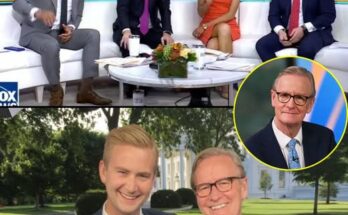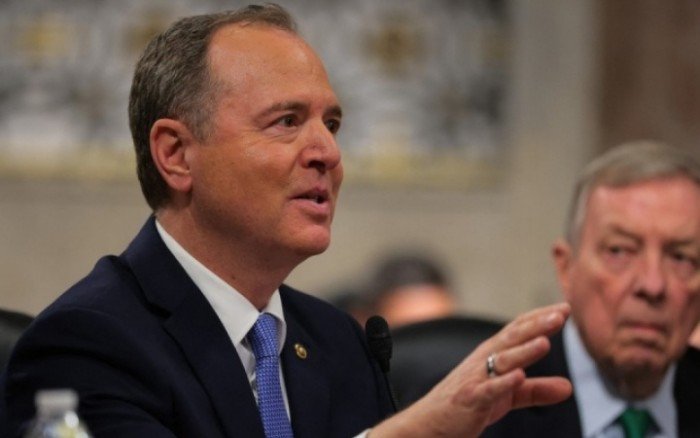
In a shocking move, former President Donald Trump has made headlines with a stark threat aimed at the leader of the U.S. economy. Known for his bold and often controversial statements, Trump’s recent remarks have drawn widespread attention. In a statement that has left many puzzled and intrigued, Trump has threatened to fire what he referred to as the “leader” of the U.S. economy. This bold claim raises several important questions about the state of the American economy and Trump’s vision for its future.
**The Context of Trump’s Threat**
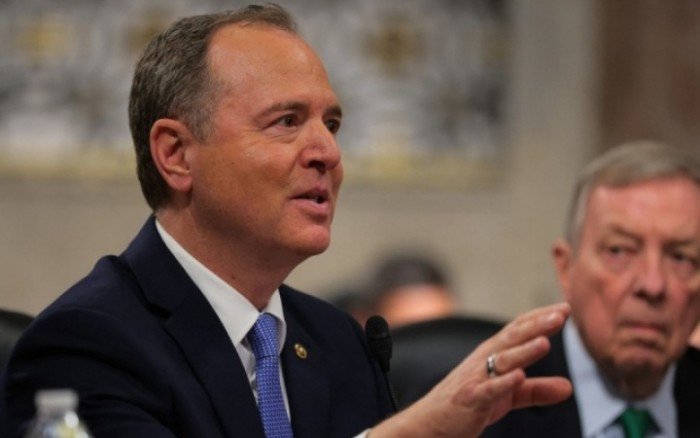
Donald Trump has never been one to shy away from controversy, and his latest comments are no exception. The threat to fire the “leader” of the U.S. economy is particularly striking, considering that Trump himself was once in a position of power, influencing the direction of economic policies as President. The “leader” Trump is referring to is none other than the Chairman of the Federal Reserve, Jerome Powell. Powell has led the Federal Reserve through turbulent economic times, and his decisions have significant ramifications for both the U.S. and global economy.
Trump’s relationship with Powell has been fraught with tension ever since Powell was appointed by Trump in 2017. Over the years, Trump has been vocal about his dissatisfaction with Powell’s handling of monetary policy, especially in terms of interest rates. The former President has often expressed frustration over Powell’s decision to raise interest rates, arguing that such moves hinder economic growth. This latest threat to fire Powell is another chapter in the ongoing saga of Trump’s complicated relationship with the Federal Reserve.
**The Economic Background: Trump’s Vision vs. Powell’s Policies**
To understand the implications of Trump’s comments, it’s essential to consider the economic policies that have defined his tenure and the subsequent period under the leadership of Jerome Powell. Trump’s administration was characterized by aggressive tax cuts, deregulation, and an emphasis on boosting American manufacturing. These policies were aimed at spurring economic growth, reducing unemployment, and bringing jobs back to the U.S.
However, Trump’s economic vision has not always aligned with the policies of the Federal Reserve. Jerome Powell, in contrast to Trump’s more laissez-faire approach, has focused on maintaining economic stability through careful management of inflation and interest rates. Powell’s decision to raise interest rates during Trump’s presidency was met with resistance from the former President, who argued that higher rates would stifle economic growth and harm the stock market.
Trump’s frustration with Powell’s policies reached a boiling point in 2018 when he publicly criticized Powell and referred to him as an “enemy.” The former President believed that the Fed’s rate hikes were detrimental to the economy, particularly as stock markets began to experience volatility. Trump’s repeated calls for lower interest rates were in stark contrast to Powell’s stance on maintaining a cautious approach to inflation and economic growth.
**Why Trump Wants to Fire Powell**
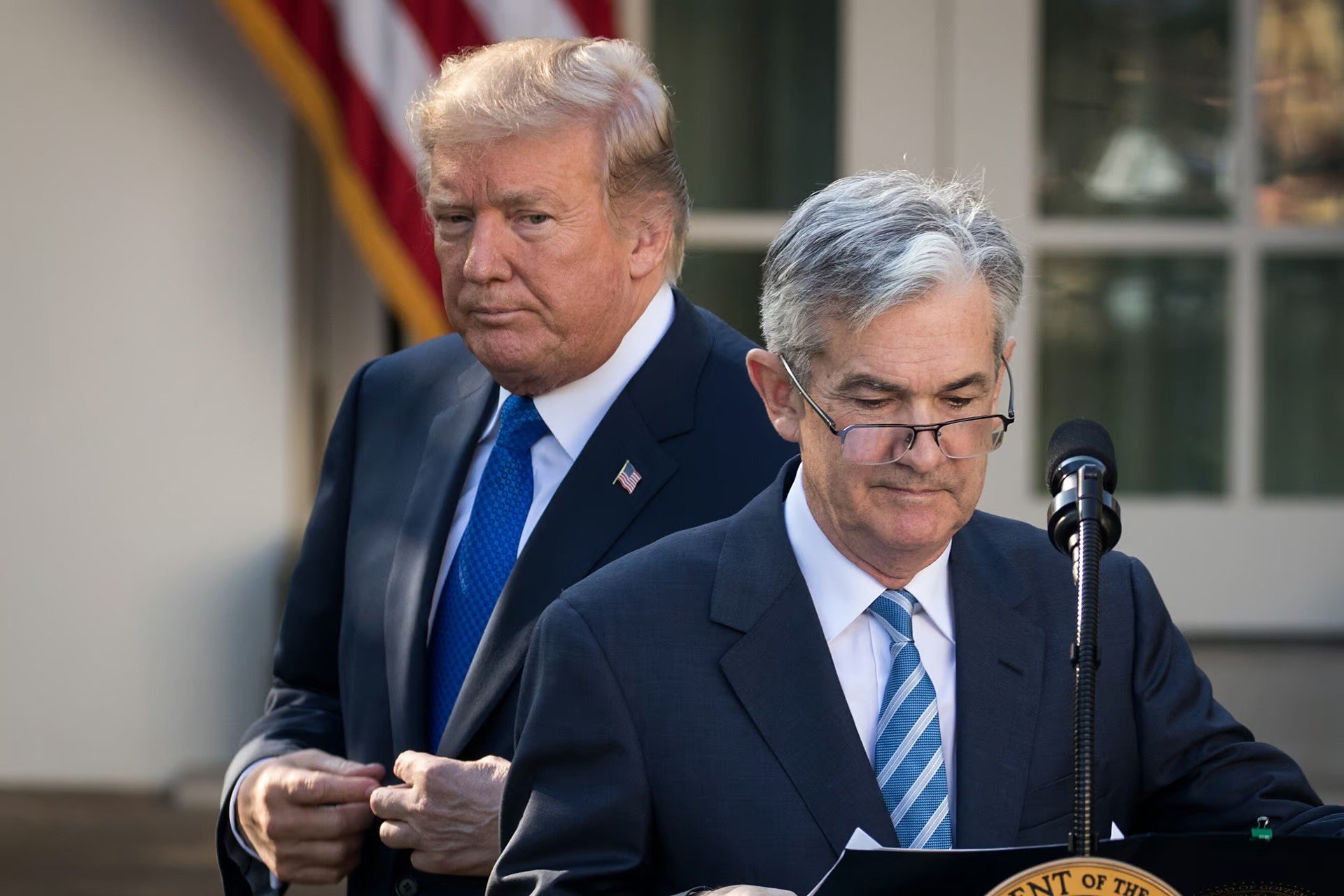
Trump’s anger toward Powell appears to stem from a fundamental disagreement over economic policy. While Trump has often championed aggressive fiscal measures to spur growth, Powell has focused on maintaining long-term stability, even at the risk of slowing down short-term economic expansion. Powell’s insistence on rate hikes and his cautious approach to inflation control have made him a target of Trump’s ire.
For Trump, the economy is a key component of his political brand. During his presidency, Trump frequently touted the strength of the U.S. economy under his leadership, pointing to low unemployment rates, rising stock prices, and a booming job market. Any threat to the economy’s growth could undermine his image as a successful businessman turned politician. By accusing Powell of stalling economic progress, Trump is essentially positioning himself as the protector of American prosperity, while framing Powell as an obstacle to that goal.
Another factor that may contribute to Trump’s frustration is the Federal Reserve’s independence. Powell, like all Fed Chairmen, operates without direct political influence, and this autonomy has often put him at odds with Trump’s more hands-on, interventionist approach to economic management. For Trump, this lack of control over monetary policy could be seen as a threat to his vision of America’s future.
**The Role of the Federal Reserve in the U.S. Economy**
The Federal Reserve plays a crucial role in shaping the U.S. economy. As the central bank of the United States, the Fed is responsible for managing inflation, regulating the money supply, and setting interest rates. These decisions have a far-reaching impact on everything from consumer spending to business investments, and ultimately, the nation’s overall economic health.
In particular, the Federal Reserve’s control over interest rates is one of its most powerful tools. Lower interest rates encourage borrowing and spending, which can stimulate economic growth. Conversely, higher interest rates are used to curb inflation and slow down an overheated economy. Powell’s strategy of gradually raising interest rates was designed to prevent inflation from spiraling out of control, even if it meant slowing down economic expansion in the short term.
Trump’s frustration with Powell’s approach is clear: He believes that higher interest rates are harmful to economic growth. This conflict highlights the broader tension between short-term economic acceleration and long-term stability. Trump’s economic policies, focused on immediate growth and job creation, stand in contrast to Powell’s emphasis on maintaining a balanced and sustainable economic environment.
**Trump’s Threat to Fire Powell: What Happens Next?**
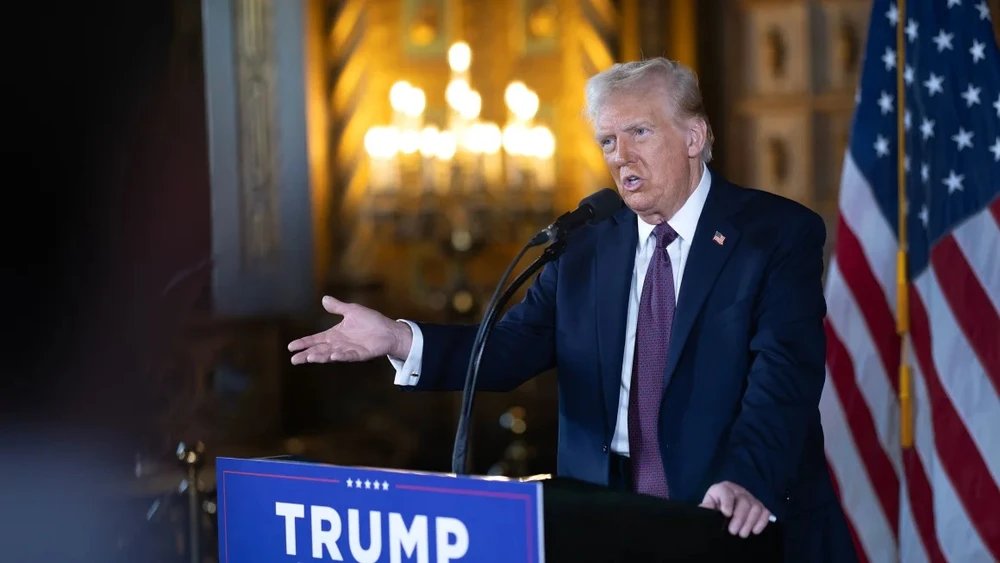
Trump’s threat to fire Powell raises several important questions about the future of U.S. economic policy. First, it highlights the ongoing conflict between the executive branch and the Federal Reserve. Although the President has the power to nominate the Chairman of the Federal Reserve, once appointed, the Chairman serves a four-year term and is largely independent in their decision-making. As a result, Trump’s threat to fire Powell is more symbolic than practical, as he would face significant legal and political challenges in removing a sitting Fed Chairman.
Moreover, Powell’s tenure as Fed Chairman is set to end in 2022, and Trump would not have the opportunity to appoint a new Chairman until then. This means that any action to replace Powell would likely be a long-term issue rather than an immediate concern.
In the meantime, Powell’s policies will continue to shape the trajectory of the U.S. economy. With inflation remaining a key concern, Powell’s decisions on interest rates will be closely watched by financial markets, policymakers, and the public. Trump’s criticism of Powell may reflect his desire to influence these decisions, but it remains to be seen whether his threats will have any impact on the Federal Reserve’s course of action.
**Public Reaction to Trump’s Comments**
Trump’s remarks have generated a wide range of reactions, particularly from economists, political analysts, and members of the public. Many have expressed concern about the potential consequences of Trump’s criticism of the Federal Reserve, especially given the importance of maintaining the Fed’s independence. Critics argue that undermining the Fed’s autonomy could damage the credibility of U.S. monetary policy and create uncertainty in the markets.
Others see Trump’s comments as part of his broader political strategy, positioning himself as a defender of the American economy against what he perceives as bureaucratic obstacles. By framing Powell as a “leader” who is hindering economic progress, Trump is attempting to position himself as the true champion of American prosperity.
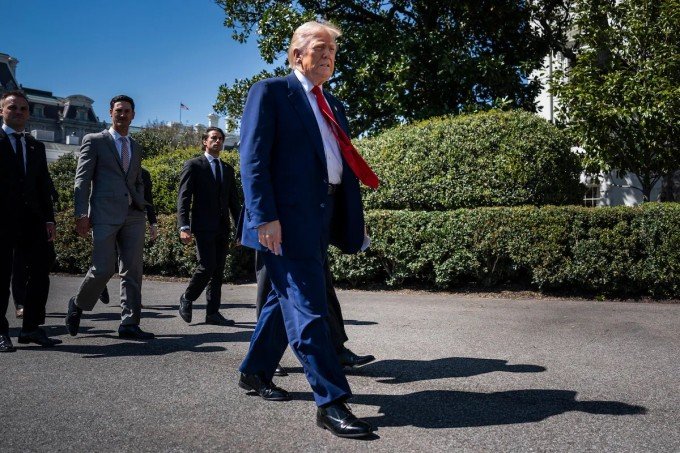
**Conclusion**
Trump’s recent threat to fire the “leader” of the U.S. economy is a dramatic and highly charged statement that reflects his ongoing frustrations with Jerome Powell and the Federal Reserve’s approach to monetary policy. While the practical implications of this threat are unclear, it underscores the deep divide between Trump’s vision for economic growth and the Federal Reserve’s emphasis on stability and long-term sustainability.
As the U.S. economy continues to evolve, the relationship between the President and the Federal Reserve will remain a key point of contention. Whether or not Trump’s threats to fire Powell will lead to any significant changes remains to be seen, but the impact of these remarks on the political and economic landscape is undeniable. With the U.S. economy facing numerous challenges in the coming years, the outcome of this conflict could have far-reaching consequences for the future of American prosperity.


